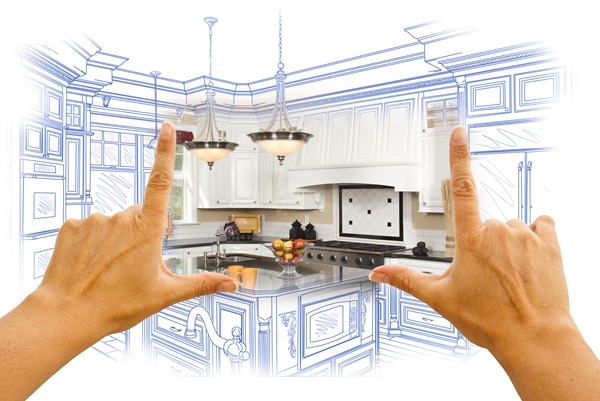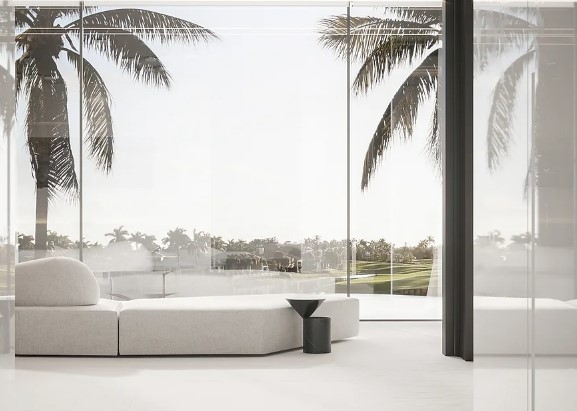A “green” building, also known as a “remodeling contractors mcallen texas” building is a residential or commercial structure that is designed, built, renovated, operated or reused in an ecological and resource-efficient manner.
As homeowners become more conscious of indoor health issues, increasing energy costs and their own impact on the environment Green Remodeling is becoming more popular. Every indication points to the continued growth of the Green Building and Remodeling market. It is not just a fad or passing curiosity. It is here to stay and eventually will be the only way to build.
The goals of Green Remodeling are straight-forward and the benefits are tangible. The use of environmentally safe products is one of the most important goals in any green project, but this is especially true in a residential remodeling project.
The use of environmentally safe products is one of the factors leading to better indoor air-quality and thus better overall health of the occupants. Another is the use of improved, more efficient ventilation systems and the use of non-toxic building materials, paints and finishes. Indoor air-quality is affected by pollutants brought in from the outside, toxic chemicals inside, and the pollutant-producing activities of the occupants. It is the goal of Green Remodeling to reduce and mitigate these factors.
Improved energy efficiency and lower energy costs is another prime goal of Green Remodeling which emphasizes the use of energy efficient appliances and lighting, and the use of programmable thermostats and tank-less water heaters. The U.S. Department of Energy estimates that $ 20 billion less energy could be used each year if current buildings were green-improved.
Reducing the amount of construction waste generated from a remodeling project is another important goal. According to the Environmental Protection Agency, construction waste accounts for 20% of the waste in landfills, or about 136 million tons annually. Green Remodeling aims to reduce this waste by recycling as much of it as possible from the job site and using products made from recycled materials whenever possible.
In general, Green Remodeling focuses on reducing operating costs by increasing the efficiency of systems; reducing emissions from toxic materials and improving the indoor air-quality; and using environmentally safe building materials and ecologically sound building practices. These aspects can greatly affect the value of the building and the overall health and productivity of its occupants.
Green Remodeling differs from Green Building. Although the principles that govern Green Remodeling are shared with other green design and construction projects, there are a few aspects that are unique. The first noticeable difference is in the range of projects that constitute a remodeling project. Whereas the design and construction of a new structure generally entails everything from site work to mounting door hardware, a remodel generally entails only certain systems or rooms. While in new construction most everything about the building is known, having been designed and built from scratch, in remodeling there are always existing conditions, some of which are unknown, to deal with. The need to stage sequenced projects around the client’s need for certain things to be completed before others is another fairly unique aspect of remodeling, as is the fact that most of the work is of a custom nature.



